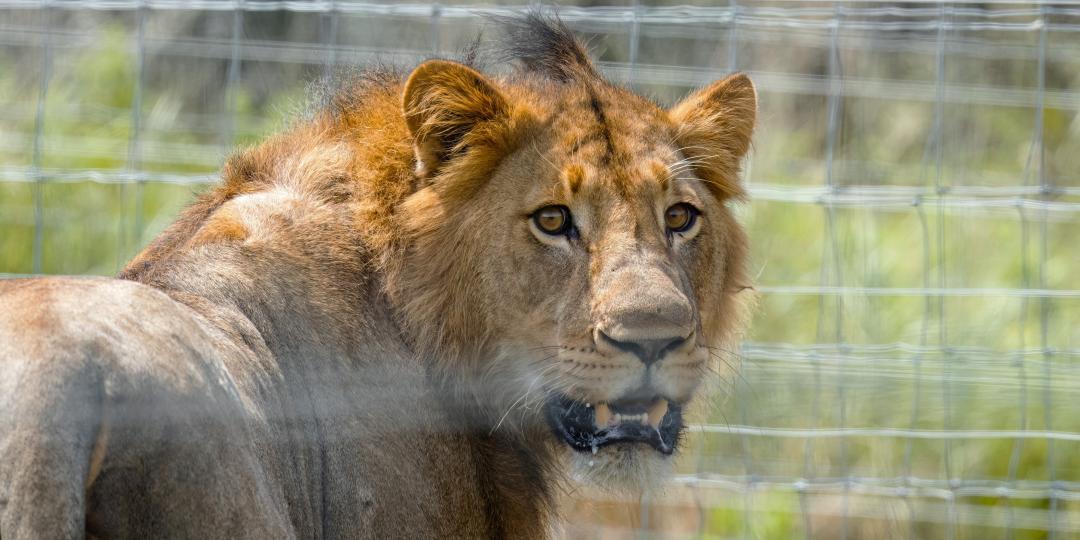In a significant achievement for conservation, Babanango Game Reserve, in Zululand, KwaZulu-Natal, has achieved Big Five status. The 20 000 hectare reserve is now home to lion, rhino, buffalo, leopard and elephant and many more significant species.
Last month, a small breeding herd of seven elephants were brought in from Manyoni Game Reserve in Maputaland, with their genetic lineage coming from Kruger National Park. As mega herbivores, elephants play a crucial role in the ecological functioning of the reserve. Not only are they rapid recyclers of plant matter, but as habitat engineers, elephants modify the landscapes as they consume vegetation that other species cannot.
“Now that Babanango is a Big Five reserve, it is a huge achievement in conservation in KwaZulu-Natal. Every single animal protected is an achievement in conservation. The more Protected Areas we create, the more species are conserved, most of which are endangered species. These iconic species add significant value to the guest experience as a tourism operation, with long term benefit and support of economic development in the area,” said Musa Mbatha, Reserve Manager, and Babanango Game Reserve.
The first official translocation of the Big Five commenced in 2019 by introducing a herd of buffalo, followed by the strategic introductions of white and black rhino onto the reserve.
Earlier this year, Babanango Game Reserve reintroduced two male lions soon to be joined by several females. The recent introduction of elephants served as the final piece of the Big Five ‘puzzle’.
Not just the Big Five
The establishment of Babanango Game Reserve represents one of the largest conservation projects in recent times. Over 75% of the land in conservation is leased from the surrounding communities, creating a unique opportunity for people to participate in the area’s conservation efforts.
In addition to directly advancing conservation efforts, the reserve creates direct employment, supports sustainable economic opportunities, and facilitates regional social development.
Over 2400 previously endemic animals have been released onto the reserve since 2019. Rewilding is integral in allowing the reserve to fulfill its aims to enable the rehabilitation and restoration of biodiversity and the conservation of wilderness.
























